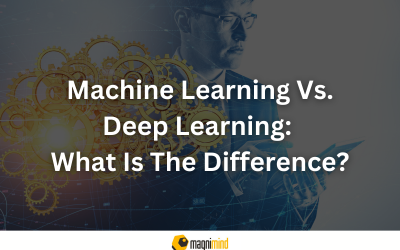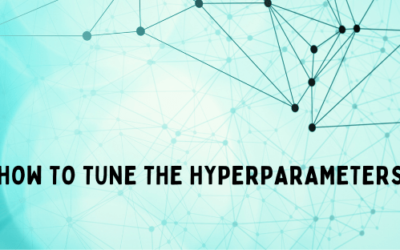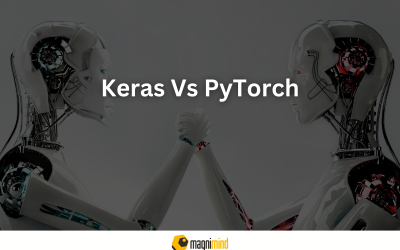If you’re interested in learning artificial intelligence or machine learning or deep learning to be specific and doing some research on the subject, probably you’ve come across the term “neural network” in various resources. In this post, we’re going to explore which neural network model should be the best for temporal data.
You can consider an artificial neural network as a computational model which is based on the human brain’s neural structure. Neural networks are capable of learning to perform tasks such as prediction, decision-making, classification, visualization, just to name a few.
An artificial neural network contains processing elements or artificial neurons and is organized in different interconnected layers namely input, hidden, and output. In deep learning, different types of neural networks are used. Since the emergence of big data, the field of deep learning has been gaining steady popularity as the performance of neural networks has improved by working with more amounts of data than ever before.

A lot of neural networks are there, each with its unique strengths. Different principles are used by different types of neural networks to determine their own rules. Let’s have a look at the most common ones.
- Convolutional neural network or CNN: A convolutional neural network comes with one or multiple convolutional layers, which can either be pooled or completely interconnected and utilizes a variation of multilayer perceptrons. Before the result is passed on to the next layer, a convolutional operation on the input is used by the convolutional layer. This operation lets the network to be deeper but with much fewer parameters. Convolutional neural networks demonstrate excellent results in speech and image applications.
- Recurrent neural network or RNN: A recurrent neural network is capable of remembering the past the decisions are influenced by what it has learned in the past. In simple words, each node of a recurrent neural network acts as a memory cell while performing computations and carrying out operations. LSTM or Long Short-Term Memory is a specific RNN architecture which was designed to model temporal sequences, as well as, their long-range dependencies more accurately compared to traditional RNNs. The capability of recurrent neural networks suggests that they can make better predictions by learning the temporal context of input sequences. Sequence prediction problems may come in different forms and can be best described by the types of outputs and inputs supported. Some instances of sequence prediction problems may include One-to-Many, Many-to-One, and Many-to-Many. LSTMs, in particular, have received a huge success when working with deep learning. It includes both sequences of spoken language and sequences of text. In general, recurrent neural networks are used for text data, speech data, regression prediction problems, classification prediction problems, and generative models.
Final Takeaway

As you may have understood from the above, a recurrent neural network is the best suited for temporal data in working with deep learning. Neural networks are designed to truly learn and improve more with more usage and more data. And that’s why it’s sometimes said that different kinds of neural networks will be the next-generation AI’s fundamental framework.
To learn more about deep learning, click here and read our another article.



